Invented by Lawrence Maxwell Monari, Lawrence Scott Monari
Virtual displays, also known as virtual reality headsets, have become a popular way for users to immerse themselves in virtual worlds. These headsets provide a 360-degree view of the virtual environment, making users feel like they are actually present in the digital space. However, in order to create these virtual environments, developers need platforms that can capture and render the virtual content.
There are several VR platforms available in the market that cater to the needs of content creators. These platforms provide tools and software that enable users to capture, edit, and share their virtual content. Some of the most popular platforms include Unity, Unreal Engine, and Blender.
Unity is a widely-used platform that offers a comprehensive set of tools for creating virtual content. It provides a user-friendly interface and supports multiple platforms, making it accessible to both beginners and experienced developers. Unity also offers a wide range of assets and plugins that can be used to enhance the virtual environment.
Unreal Engine is another popular platform that is known for its advanced graphics capabilities. It provides a powerful set of tools for creating realistic virtual environments and supports high-quality rendering. Unreal Engine is often used in the gaming industry, but it can also be used for other applications such as architectural visualization and virtual training simulations.
Blender, on the other hand, is an open-source platform that offers a wide range of features for creating virtual content. It provides a complete set of tools for modeling, animation, and rendering, making it a versatile platform for content creators. Blender is free to use and has a strong community of developers who contribute to its continuous improvement.
The market for VR platforms for capturing virtual content is expected to grow significantly in the coming years. As more industries adopt VR technology for various applications, the demand for platforms that enable content creation will continue to rise. This presents a great opportunity for developers and companies to innovate and provide new and improved tools for content creation.
In conclusion, the market for VR platforms for capturing virtual content for virtual displays is expanding rapidly. With the increasing popularity of VR technology, there is a growing demand for platforms that enable users to create and share their own virtual content. Unity, Unreal Engine, and Blender are some of the popular platforms that cater to the needs of content creators. As the VR industry continues to evolve, we can expect to see more innovative platforms and tools that will further enhance the virtual content creation process.
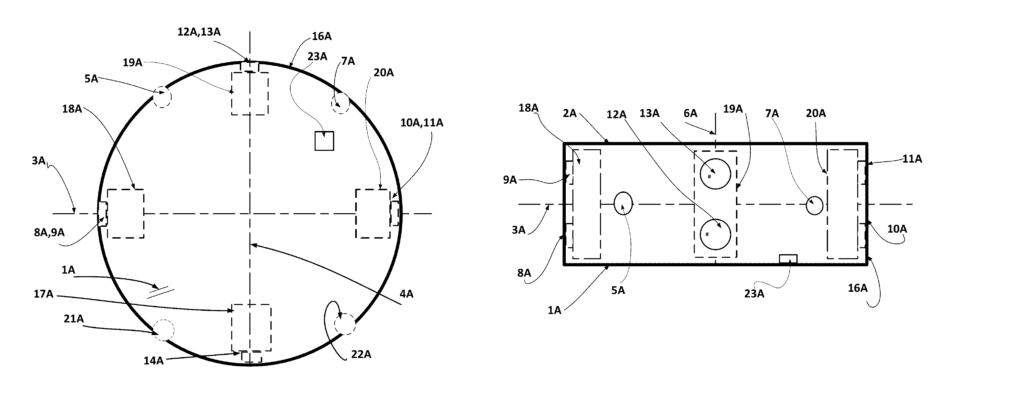
The Lawrence Maxwell Monari, Lawrence Scott Monari invention works as follows
Three different systems for creating data bases used to drive virtual-reality display apparatus are disclosed. The systems use 3-D stereo cameras, airborne microphones or conduction microphones as well as physical and chemical sensors. They also have CPUs and supporting electronic. Virtual reality audiences can use the data bases in real-time as they are being created, or store them and use them at a later date. The systems aim to eliminate artifacts which would interfere with virtual reality viewers’ enjoyment. The systems include multidimensional video, multidimensional audio, multidimensional physical and multidimensional chemical contents. The systems will be installed inside a venue to capture VR content.
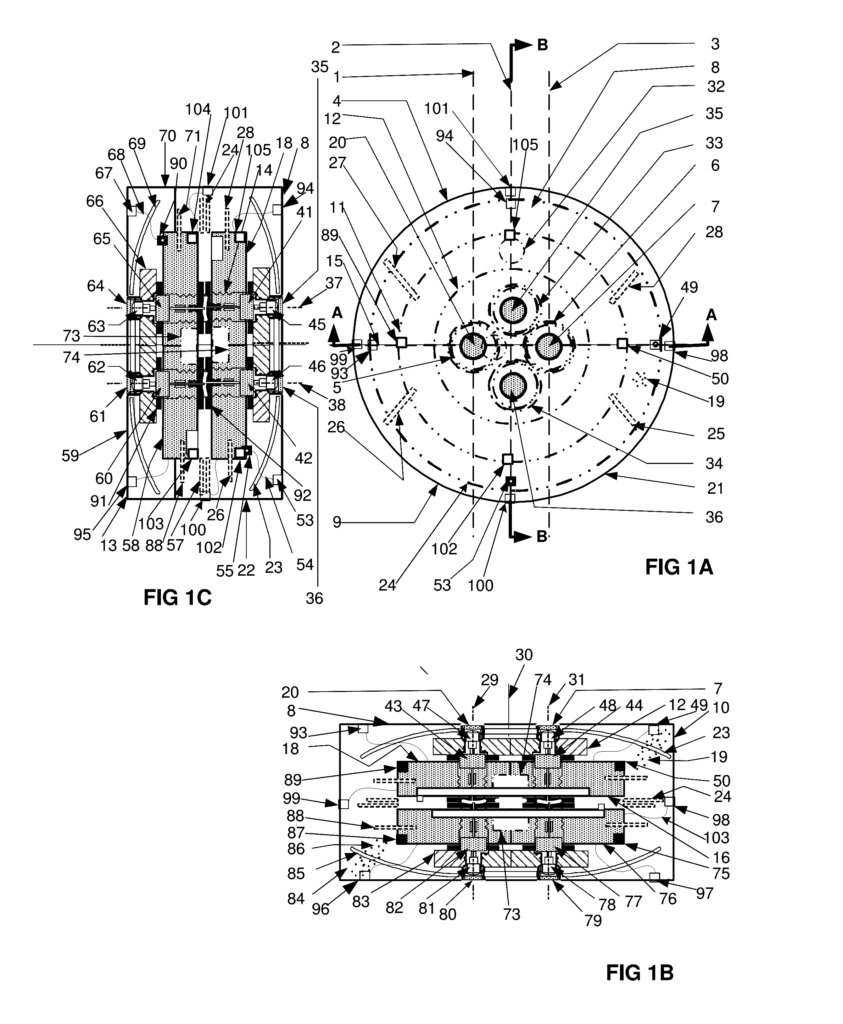
Background for Virtual Reality platforms for capturing virtual content for virtual displays
1. “1.
The present invention is a general description of virtual reality (VR), in particular virtual reality platforms which capture, process, and transmit VR multimedia content to VR viewers from a VR venue.
2. “2.
Over time, VR will become more dependent on multidimensional audio and video content. In the near future, multidimensional physical content as well as multidimensional chemical content will be available to enhance the VR experience.
Prior art devices for capturing multi-media content, i.e. Multimedia video and audio content captured from VR venues. “The multimedia content captured with these prior art devices drives generic VR display apparatus that is used by VR viewing audiences to experience the VR experience.
The present invention discloses three new VR modules to improve the capture of multidimensional video, audio, physical and chemical content within VR venues.
This invention is a VR platform, also referred to as VR modules in the present invention, that captures, processes, records, stores, retrieves, and communicates processed VR multi-media content from within VR venues. The content can be transmitted in real time, near real time, or at a distant future via generic VR display devices to VR viewing audiences. The present invention discloses three new VR modules to enhance the capture and display of multidimensional video, audio, physical, and chemical content within VR venues.
Nomenclature & Definitions Used for the Descriptions in the Present Invention:
SPECIFICATION
The copyright owner has no objection to the facsimile reproduction of any patent document or disclosure, as it appears in the Patent and Trademark Office records. The copyright owner does not object to anyone reproducing the patent document, or patent disclosure as it appears on the Patent and Trademark Office records or files, but reserves all other copyright rights.
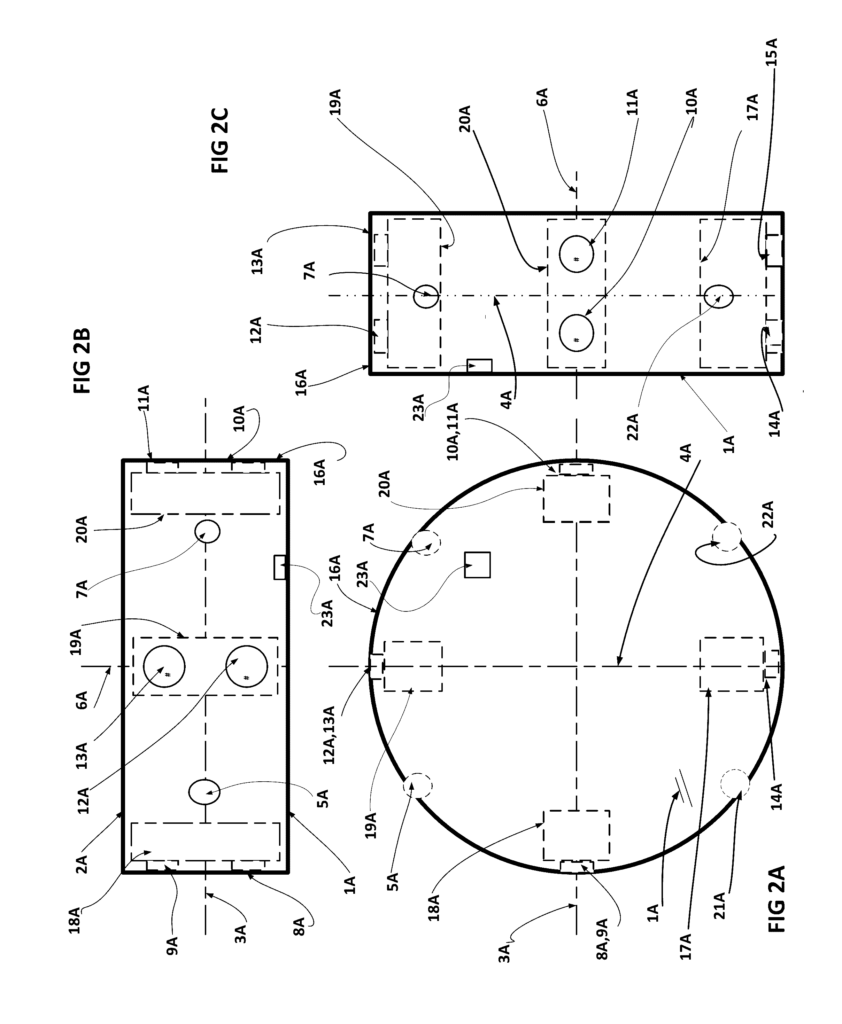
BRIEF DESCRIPTION ABOUT THE VIEWS FROM THE DRAWINGS
The following detailed description should be read together with the accompanying figure drawings in order to better understand the object of the invention.
FIG. “FIG.
FIG. “FIG.
FIG. “FIG.
FIG. “FIG.
FIG. “FIG.
FIG. “FIG.
FIG. “FIG.3 is a block diagram of the power supply circuits and battery charging circuits within the VR modules.
FIG. “FIG.
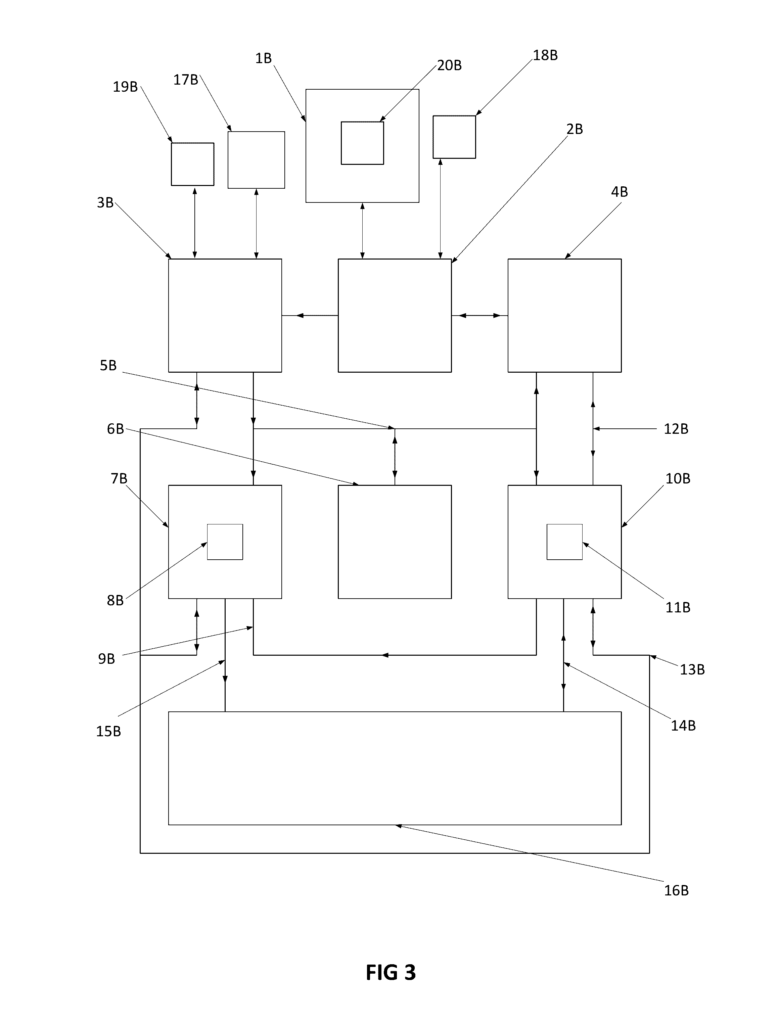
FIG. “FIG.
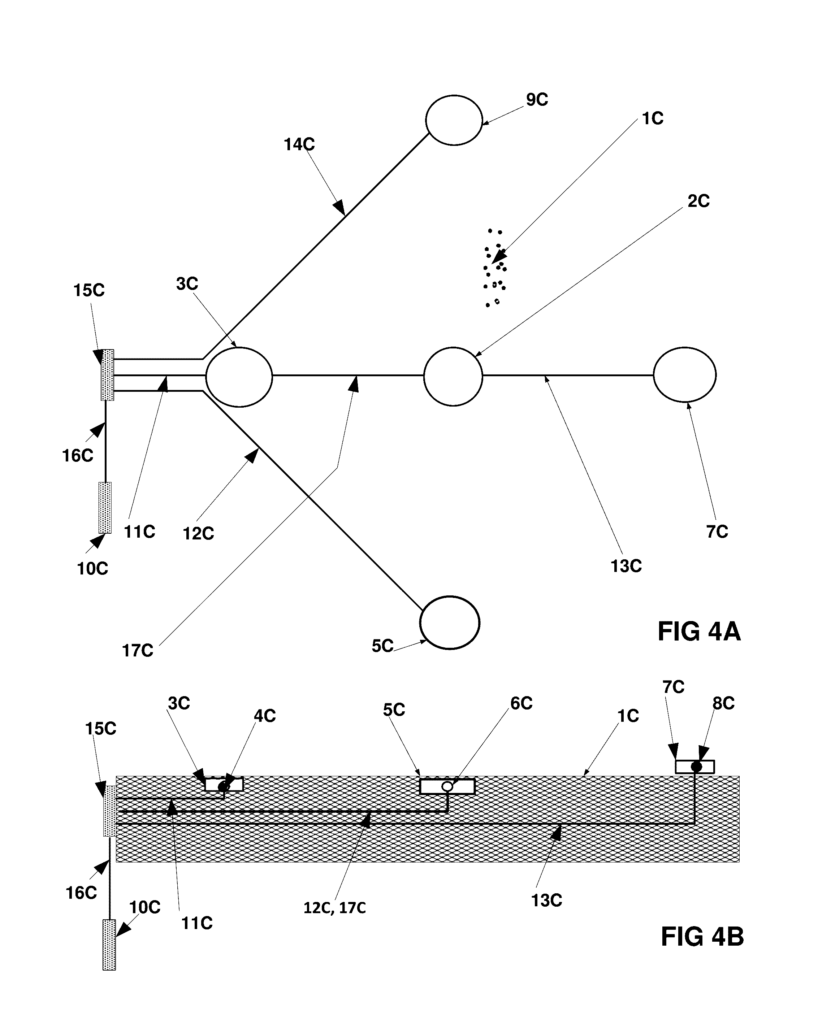
Click here to view the patent on Google Patents.
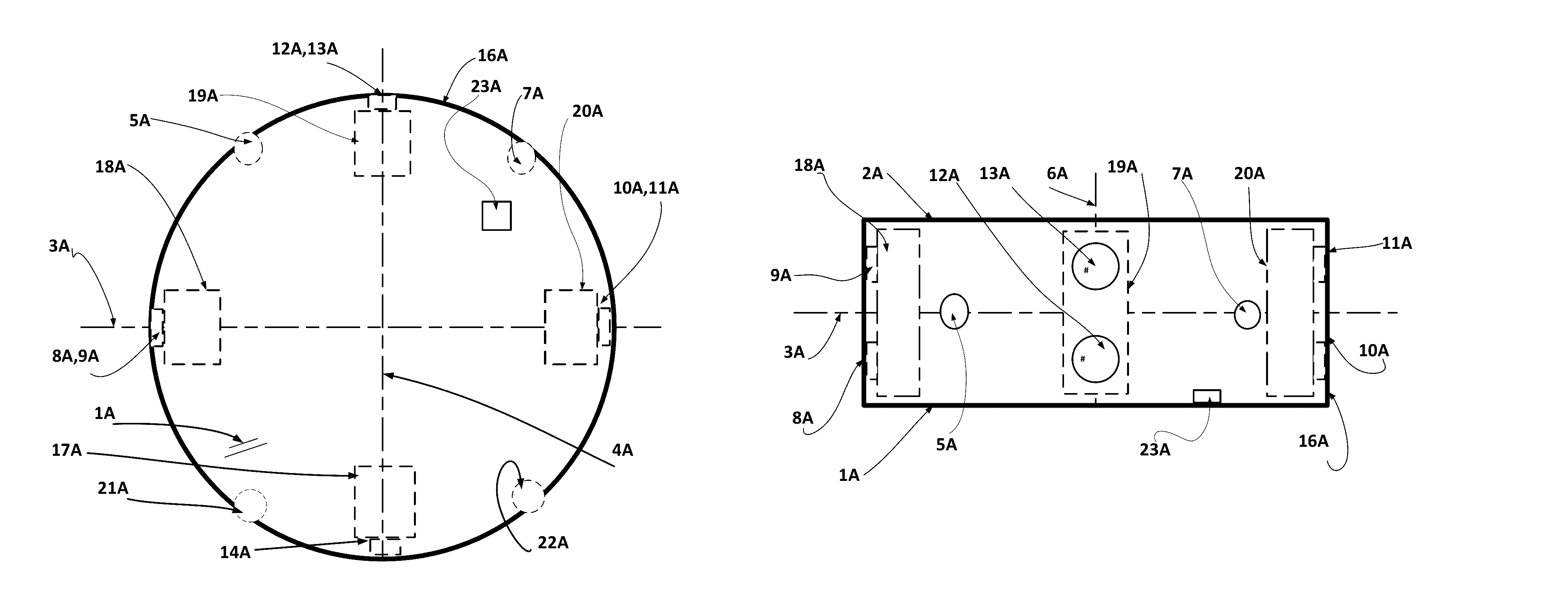
Leave a Reply